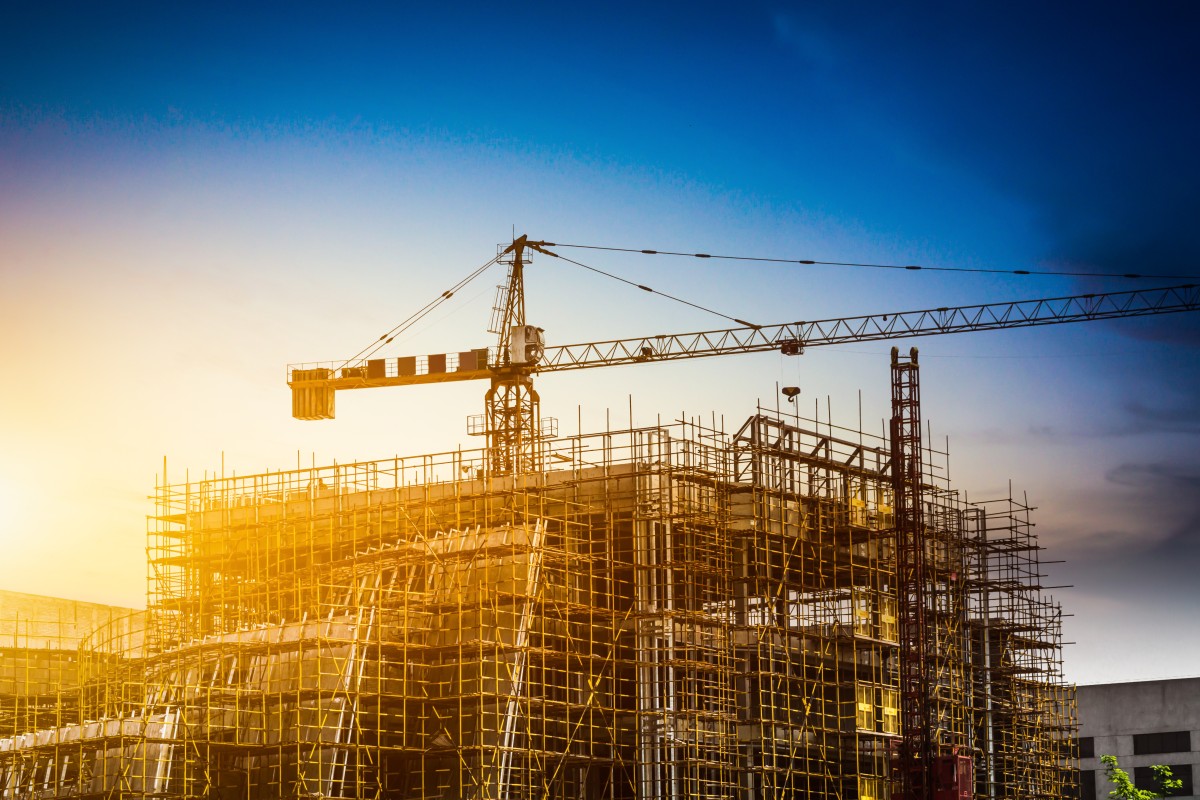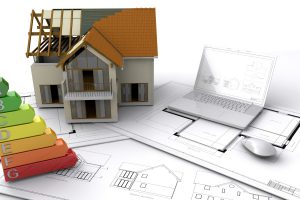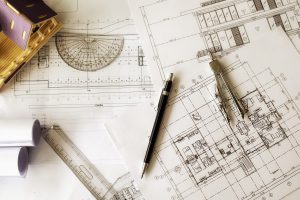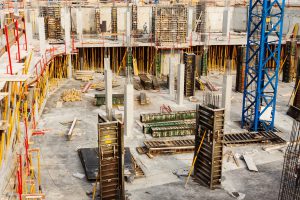Building Construction Standards in Europe: A Comprehensive Overview
The construction industry in Europe is governed by a complex framework of standards and regulations designed to ensure safety, sustainability, and quality. These standards not only safeguard the structural integrity of buildings but also address environmental concerns and enhance energy efficiency. Understanding these construction standards is crucial for any company operating within the European market. Here’s an in-depth look at the key aspects of building construction standards in Europe.
1. The Eurocodes: The Backbone of Structural Design
The Eurocodes are a set of harmonized technical rules developed by the European Committee for Standardization (CEN) for the structural design of buildings and civil engineering works. Comprising ten European Standards (EN 1990 – EN 1999), the Eurocodes cover all principal construction materials and address the main types of structures and methods of analysis.
- EN 1990: Basis of Structural Design
- EN 1991: Actions on Structures
- EN 1992 – EN 1999: Design of concrete, steel, composite steel and concrete, timber, masonry, and aluminum structures; also includes geotechnical design and seismic design considerations.
These standards ensure a consistent level of safety and performance across Europe, facilitating the free movement of construction products and services within the EU.
2. Energy Efficiency and Environmental Standards
Energy efficiency is a significant focus of European construction standards, driven by the EU’s commitment to reducing greenhouse gas emissions and improving energy performance. The Energy Performance of Buildings Directive (EPBD) sets out specific requirements for new and existing buildings to achieve high energy performance levels.
Key aspects include:
- Nearly Zero-Energy Buildings (NZEBs): All new buildings must be nearly zero-energy by 2021, with very low energy consumption covered significantly by renewable sources.
- Energy Performance Certificates (EPCs): Buildings must have EPCs, providing information about their energy efficiency and recommendations for improvement.
- Building Renovation: The EPBD encourages the renovation of existing buildings to enhance energy performance, including financial incentives and support mechanisms.
3. Fire Safety Regulations
Fire safety is paramount in building construction, with stringent standards and regulations ensuring the protection of life and property. The Construction Products Regulation (CPR) mandates that construction products meet specific fire safety criteria, including reaction to fire, resistance to fire, and smoke production.
The Eurocode EN 1991-1-2 provides guidelines for the fire design of buildings, covering the assessment of fire loads, the behavior of materials and structures under fire conditions, and fire safety measures.
4. Accessibility Standards
Ensuring accessibility for all individuals, including those with disabilities, is a fundamental aspect of European construction standards. The EU promotes inclusive design through various directives and guidelines, such as the European Accessibility Act (EAA), which requires buildings to be accessible and usable by people with disabilities.
Key considerations include:
- Accessible Entrances and Routes: Buildings must have barrier-free entrances and pathways.
- Internal Layouts: Spaces within buildings should be designed to accommodate individuals with mobility, visual, and auditory impairments.
- Facilities: Accessible restrooms, elevators, and signage are essential components of inclusive design.
5. Sustainability and Environmental Impact
Sustainability is at the forefront of European construction standards, with a strong emphasis on minimizing environmental impact throughout the building lifecycle. The EU’s Circular Economy Action Plan promotes the use of sustainable materials, waste reduction, and resource efficiency.
Key initiatives include:
- Life Cycle Assessment (LCA): Evaluating the environmental impact of building materials and processes from extraction to disposal.
- Green Building Certifications: Programs like BREEAM and LEED certify buildings that meet high sustainability standards.
- Renewable Energy Integration: Encouraging the use of renewable energy sources in building design and operation.
Conclusion
Building construction standards in Europe are designed to ensure safety, sustainability, and accessibility across the continent. The Eurocodes provide a unified framework for structural design, while regulations on energy efficiency, fire safety, accessibility, and environmental impact promote high-quality and sustainable construction practices. For companies like Aikara Building Services and Logistics Ltd, understanding and adhering to these standards is crucial for successful operations and delivering projects that meet the highest European standards. By prioritizing these aspects, we not only contribute to the well-being of our clients and communities but also support the broader goals of safety, sustainability, and inclusivity in the construction industry.




